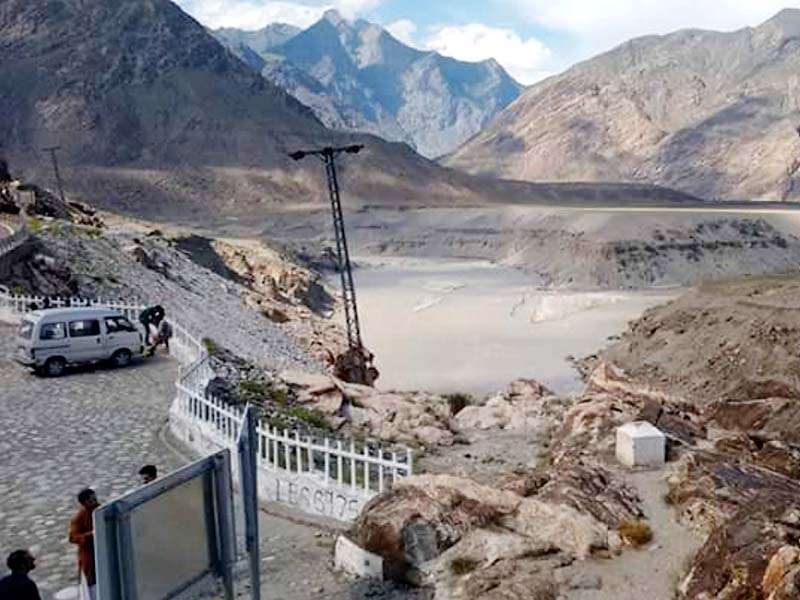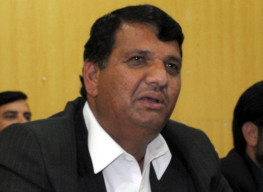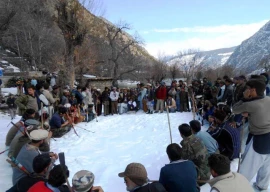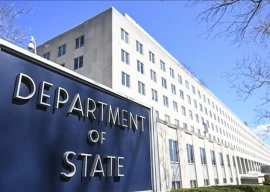
The precise point that offers memorable panoramas of some of the world’s best peaks is located close to Jaglote town – about 40 kilometres from Gilgit.
Hotels booked to the brim following tourist influx in G-B
“A Junction Point of the three mightiest mountain ranges of the world” reads the information painted on a wall. However, the information isn’t prominent enough to catch the attention of tourists travelling through the area.
And Sheikh Munir, a tourist from Karachi, wasn’t an exception. On his recent visit to Gilgit, he came to know about what is “junction point” hours before his return flight to Islamabad.
“Is that really in Gilgit,” says the tourist in astonishment as he packs up for his return journey.
“I wish I had known it earlier so I could have some snaps.”
Munir wasn’t the first tourist to miss the unique place. Many others do that mainly because the place lacks a distinct sign to draw tourists’ attention – who pass by in speeding cars.
But Mohammad Asif was among a few lucky tourists to make it to the point. Hailing from Lahore, he says he had heard a lot about the place since his childhood but got a chance to see it only this month.
“It was awe-inspiring, to say the least,” Asif exclaims as he walks up the small structure constructed for sightseeing.
More than one million tourists visited northern areas of Pakistan this season
As he stands, on his left side was the Karakoram Range, which is home to the highest concentration of peaks including K2, the second highest peak at 8,611m. With a length of about 500km, the Karakoram Range is said to be the most heavily glaciated part of the world outside the Polar Regions.
Likewise, Himalaya was in front of him across the river. It is home to the world’s highest peak – Mount Everest – and Hindu Kush is to Terichmir at 7,708 metres, among many others.
On his back was Hindu Kush, a mountain system nearly 1000 miles long and 200 miles wide, running northeast to southwest and dividing the Amu Darya River Valley and the Indus River Valley. It stretches from the Pamir Plateau near Gilgit to Iran.
“Gilgit-Baltistan is really a unique place and has a lot for outsiders,” murmurs the man as he gets back to his car to drive the remaining distance to Gilgit.
In his book titled “Where Three Empires Meet” published in 1893, Edward Frederick Knight also mentioned the place. And there is folklore associated with the point which is discussed even today in the mountainous region.
“Our forefathers used to tell us it was the main abode of jinn and fairies,” says Aslam Khan, a resident of the adjoining Jaglote area.
“River Gilgit that meets here with River Skardu is what is used by these supernatural creature for drinking and taking bath,” he tells The Express Tribune.
Published in The Express Tribune, October 7th, 2016.























COMMENTS
Comments are moderated and generally will be posted if they are on-topic and not abusive.
For more information, please see our Comments FAQ